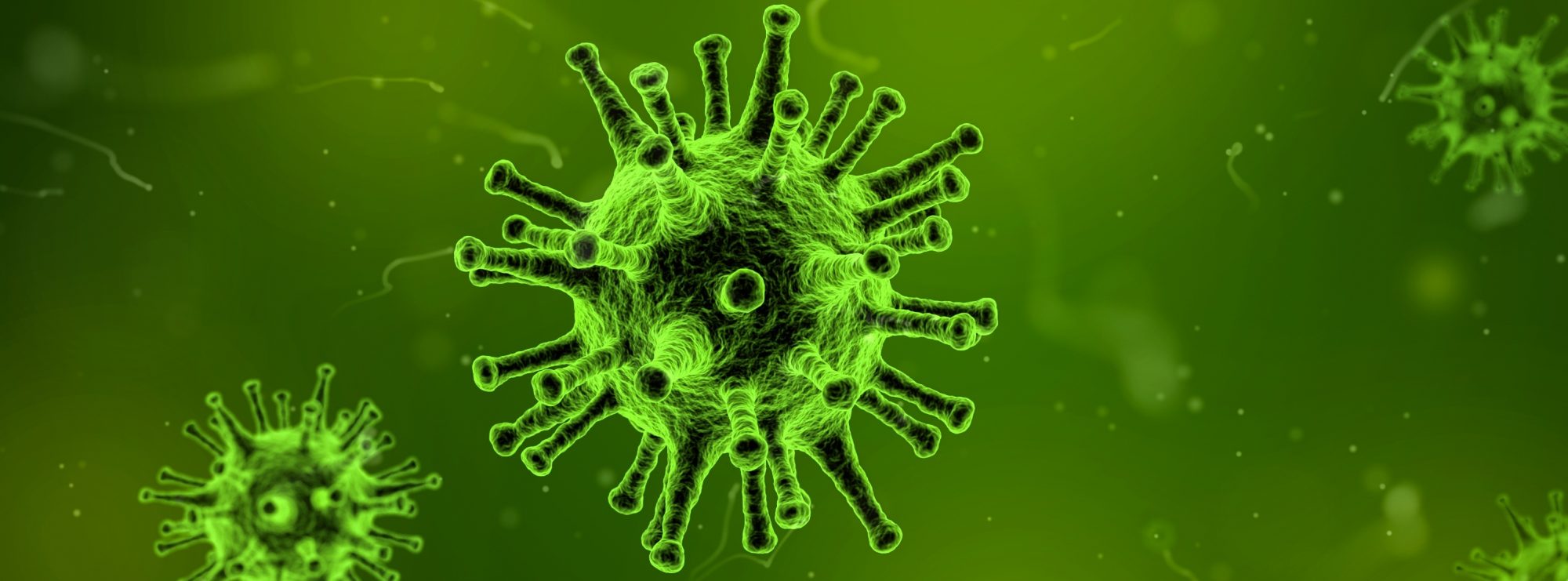Antiviral foof and herbs
Welcome to my blog about herbs and health. Today I would like to talk about antiviral herbs, i.e. plants that have the ability to destroy or inhibit the development of viruses in the body. In the era of the coronavirus pandemic and frequent respiratory infections, it is worth knowing natural ways to strengthen immunity and protect against diseases.
Antiviral herbs are plants that contain active substances with virucidal or virostatic activity. Some of them are effective against specific types of viruses, such as influenza, herpes or hepatitis, others have a broad spectrum of activity and can fight various pathogens. Antiviral herbs can be used both prophylactically and therapeutically, in the form of infusions, tinctures, syrups, oils or ointments.
Based on the website https://www.ncbi.nlm.nih.gov/pmc/articles/PMC4032839/, several groups of antiviral herbs can be distinguished:
– Herbs containing flavonoids – are plant compounds with strong antioxidant and anti-inflammatory properties. Flavonoids inhibit the multiplication of viruses by blocking their entry into cells or interfering with their replication. Examples of herbs rich in flavonoids are: **Baikal skullcap**, **chamomile**, **purple echinacea**, **elderberry**, **green tea** or **lemon**.
– Herbs containing terpenoids – are plant compounds with a variety of chemical structure and biological properties. Terpenoids exhibit antiviral activity by damaging the lipid membrane of the virus or inhibiting its enzymes. Examples of herbs rich in terpenoids are: **oregano**, **thyme**, **rosemary**, **lavender**, **sage** and **mint**.
– Herbs containing alkaloids – are plant compounds with a characteristic nitrogen structure and a strong pharmacological effect. Alkaloids have antiviral effects by affecting cell metabolism or blocking virus receptors. Examples of herbs rich in alkaloids include: **St. John’s wort**, **licorice**, **chili peppers**, **ginger** and **turmeric**.
– Herbs containing glycosides – are plant compounds consisting of a sugar and non-saccharide part. Glycosides have an antiviral effect by activating the immune system or inhibiting the synthesis of viral proteins. Examples of herbs rich in glycosides are: **aloe**, **garlic**, **cinnamon**, **clove** or **calendula**.
Antiviral herbs can be used alone or combined in herbal blends for a synergistic effect. However, it is important not to exceed the recommended doses and duration of use, as some of
Natural antiviral herbs are:
1. **Oregano** – this popular kitchen spice has not only a deep flavor, but also strong antiviral properties. It contains a substance called **carvacrol**, which destroys the cell membranes of viruses and inhibits their multiplication. Oregano oil is effective against norovirus, herpes and respiratory viruses. It can be used orally or topically, but be careful because it is very irritating. You can also drink an infusion of dried oregano or add it to dishes.
2. **Garlic** (Allium sativum)- this vegetable has been known for its health-promoting properties for centuries. It contains a compound called **allicin**, which has the ability to destroy viruses and other pathogens. Garlic fights flu viruses, pneumonia, rotavirus and HIV. It is best eaten raw, after chopping or mashing it, which releases allicin. You can also prepare a mixture of garlic and honey or tincture of garlic and alcohol.
3. Cistus ** – is a plant with small pink flowers that grows in the Mediterranean. It is rich in **polyphenols**, which have strong antioxidant and antiviral properties. Cistus inhibits the multiplication of influenza, herpes, HIV and HPV viruses. You can drink an infusion of dried cistus leaves or use the extract of this plant in the form of capsules or syrup.
4. **Elderberry** – is a plant with dark berries and white inflorescences, which grows in Europe and North America. It contains **anthocyanins**, which give it its color and have anti-inflammatory, antibacterial and antiviral properties. Elderberry destroys influenza, cold and bird flu viruses. You can consume elderberry juice or syrup or drink an infusion of dried flowers.
5. **Lucorice** (Glycyrrhiza glabra) – is a plant with sweet roots that comes from Asia. It contains a substance called **glycyrrhizin**, which has anti-inflammatory, immunostimulating and antiviral properties. Licorice inhibits the replication of influenza, hepatitis C, HIV and SARS-CoV-2 viruses. You can drink an infusion of dried licorice roots or use the extract in the form of tablets or lozenges.
6.**Black-caraway** (Nigella sativa) – is an indigenous nutrient-rich herbaceous plant found around the world. The plant has various recognition in different languages e.g., black cumin, black seed, black-caraway (English), Habbah Al-Sauda, seed of blessing (Arabic), chernushka (Russian), çörekotu (Turkish). N. sativa has attracted the attention of many healers in ancient civilizations and researchers in recent times. Since ancient times, it is used in different forms to treat illness, including asthma, hypertension, diabetes, inflammation, cough, bronchitis, headache, eczema, fever, dizziness, and influenza
7.**Cinnamon** (Cinnamomum zeylanicum and C. cassia) – Cinnamon bark contains cinnamaldehyde, cinnamic acid, cinnamyl alcohol, coumarin, and eugenol as the major components (Usta et al., 2003). In addition to its proven health beneficiary effects, cinnamon may also protect the body against viral infections. Premanathan et al. (2000) reported that cinnamon bark was highly effective against HIV-1 and HIV-2, where they halt viral DNA replication machinery through the inhibition of HIV protease, integrase, and reverse transcriptase. They also inhibited vpr, sp1-related genes expression (cell cycle arrest), Tat, Rev, and glycosylation. Cinnamaldehyde derived from bark of cinnamon exhibited both in-vitro and in-vivo inhibitory effects against highly pathogenic influenza, Sendai virus, and HSV-1 virus by inhibiting viral protein synthesis at the post-transcriptional level
As you can see, nature has given us many plants and herbs
Based on articles:
https://www.ncbi.nlm.nih.gov/pmc/articles/PMC7806454/
https://www.ncbi.nlm.nih.gov/pmc/articles/PMC4032839/
